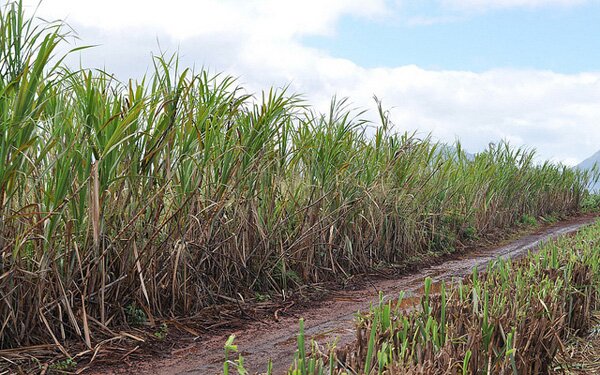Bioethanol is produced from strategic, and occasionally marginal, feestocks with high levels of starch and sucrose.
The main, already tested, sucrose feedstocks include sugar beets, sugarcane and sweet sorghum, whereas common starch feedstocks include sweet potatoes, cassava and several cereals. Manioc flour processing and sugar refining byproducts, namely manipueira and molasses, can also be used as sources to produce Bioethanol, thus aggregating even more value to these production chains.

A good example of a strategic feedstock is sweet sorghum, a 3F plant (Food, Feed and Fuel) which can be used entirely. Sweet sorghum provides starch from its panicle for direct human consumption, bagasse from the thallus after milling for animal feeding and sucrose from its broth for Bioethanol production. However, the most indicated feedstock is always determined based on local specificities, making an appropriate study of each community’s reality of the essence in order to find the best response to its specific needs.
In order to meet Bioethanol production demands year round, sets of complementary feedstocks should be planted, each of which with its own harvesting seasons. Crop rotation is ideal for intelligent and sustainable farming.

The Green Micro Distillery must be fed primarily with feedstocks unintended for human consumption. Therefore, under no circumstance will it take food away from families, keeping family agriculture active in a responsible way.
At Green we think of each and every aspect surrounding the Bioethanol production, from farming to its social reach. This is how we guarantee the most adequate solution is provided for the communities we work with.
